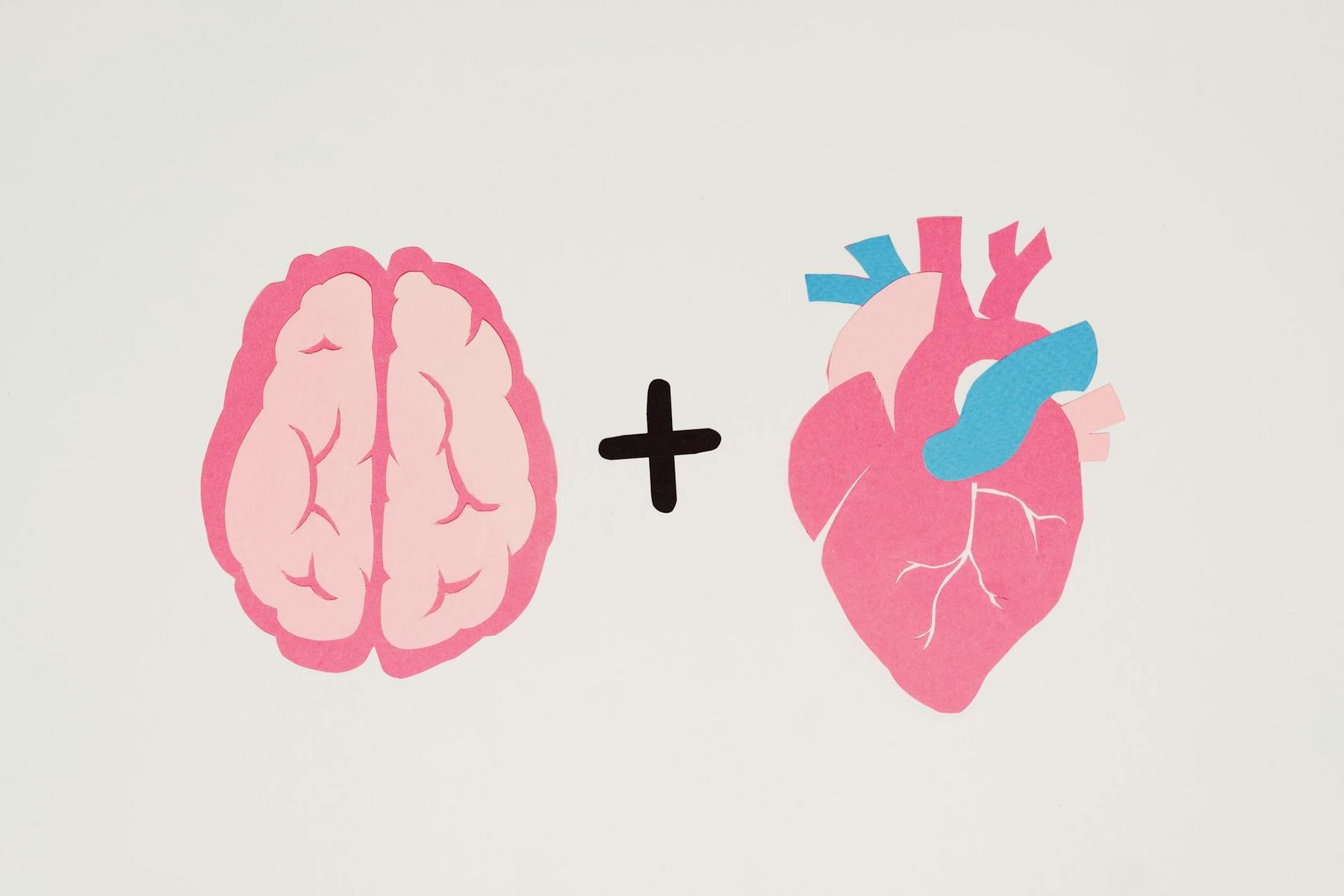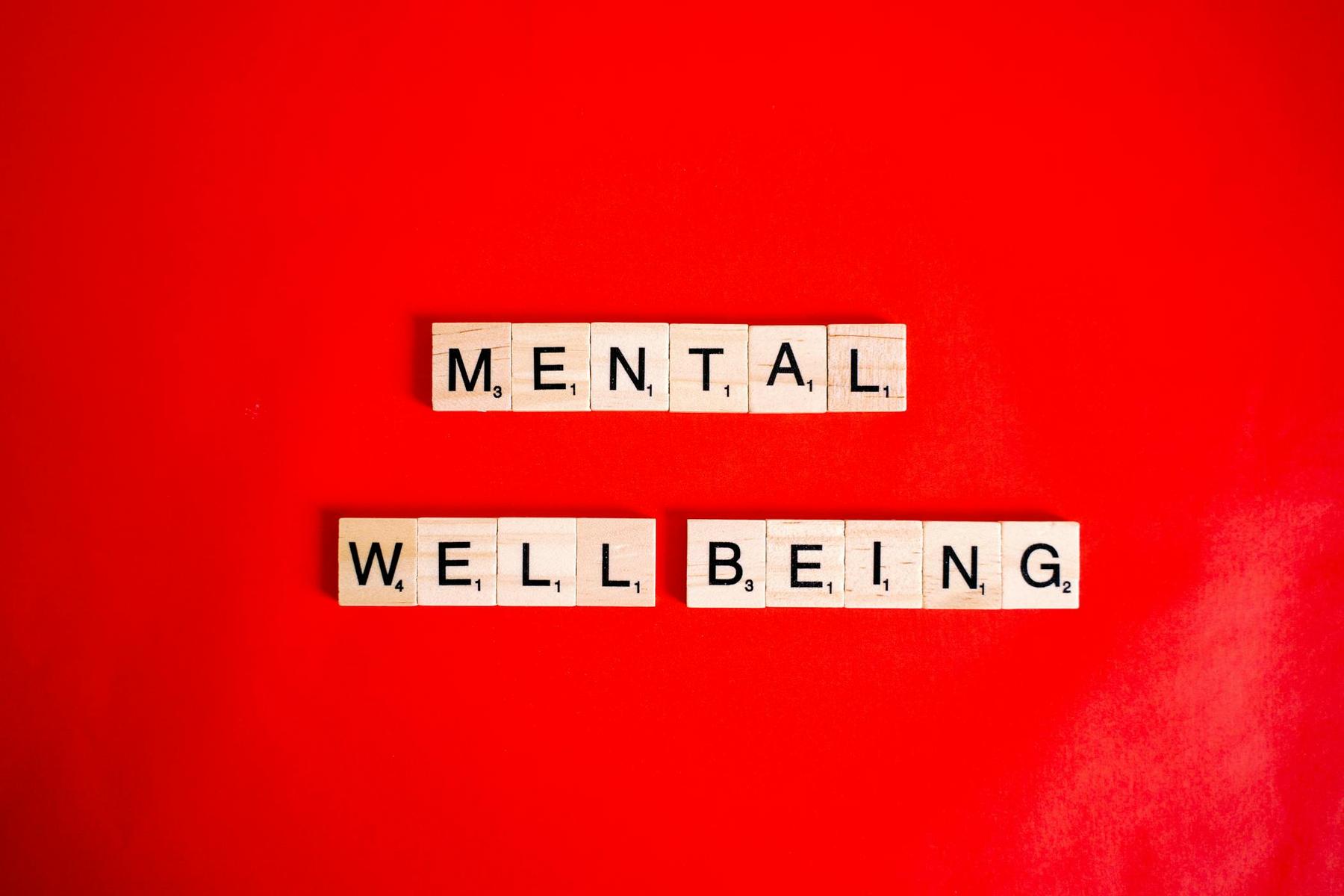In an era where digital communication dominates our daily interactions, the act of sitting down to write a heartfelt letter of appreciation might seem antiquated. Yet emerging research reveals that gratitude letters—handwritten or typed expressions of thanks directed to specific individuals—represent one of the most powerful psychological interventions available to enhance human wellbeing. As mental health challenges continue to rise across Australia, understanding the scientific foundation behind written appreciation offers a compelling pathway towards improved psychological resilience and emotional health.
The practice of expressing gratitude through written correspondence transcends mere politeness; it engages complex neurological and psychological processes that fundamentally alter how we perceive our relationships, circumstances, and overall life satisfaction. This exploration of gratitude letters and their research-backed benefits illuminates why this simple yet profound practice deserves serious consideration in our pursuit of optimal mental health.
What Does Current Research Reveal About Gratitude Letters’ Effectiveness?
Contemporary psychological research has established gratitude letters as among the most efficacious positive psychology interventions, with effects that extend far beyond momentary mood enhancement. Studies examining the neurobiological impact of written gratitude demonstrate measurable changes in brain activity, particularly within regions associated with reward processing and emotional regulation.
The research landscape reveals that gratitude letters activate the brain’s reward system more robustly than many other positive psychology techniques. When individuals engage in the thoughtful process of composing appreciation-focused correspondence, neuroimaging studies show increased activity in the anterior cingulate cortex and medial prefrontal cortex—areas crucial for emotional processing and social cognition.
What distinguishes gratitude letters from other gratitude practices is their structured, deliberate nature. Unlike spontaneous expressions of thanks, letters require sustained attention, reflection, and articulation of specific appreciative thoughts. This cognitive engagement appears to strengthen neural pathways associated with positive emotion regulation and social bonding.
The temporal effects of gratitude letters also distinguish them from other interventions. Research indicates that the benefits extend well beyond the writing session itself, with participants reporting sustained improvements in mood, life satisfaction, and interpersonal relationships weeks after completing gratitude letter exercises. This durability suggests that the practice creates lasting neuroplastic changes rather than merely temporary emotional states.
How Do Written Gratitude Practices Compare to Other Wellbeing Interventions?
When evaluated against other evidence-based wellbeing interventions, gratitude letters demonstrate unique advantages that merit serious consideration. The comparative research reveals distinct patterns in effectiveness, accessibility, and sustainability across different approaches to enhancing psychological wellbeing.
| Intervention Type | Immediate Effects | Duration of Benefits | Accessibility | Implementation Barriers |
|---|---|---|---|---|
| Gratitude Letters | High emotional impact | 4-8 weeks sustained | Requires literacy, time | Vulnerability discomfort |
| Gratitude Journaling | Moderate impact | 2-4 weeks | High accessibility | Consistency challenges |
| Mindfulness Meditation | Variable initial impact | Cumulative benefits | Moderate accessibility | Learning curve required |
| Exercise Programs | High immediate benefits | Ongoing with maintenance | Physical requirements | Time, equipment needs |
| Social Connection Activities | High immediate satisfaction | Relationship dependent | Social skills required | Scheduling coordination |
The research demonstrates that gratitude letters possess a unique combination of high immediate impact and sustained benefits. Unlike many interventions that require ongoing practice to maintain effects, a single well-crafted gratitude letter can produce measurable improvements in wellbeing that persist for months.
Particularly noteworthy is the letters’ capacity to simultaneously benefit both the writer and recipient. This bidirectional positive impact creates a multiplier effect rarely observed in other wellbeing interventions, potentially contributing to broader community mental health improvements when practised systematically.
The structured nature of gratitude letters also provides a clear framework that reduces the ambiguity often associated with other wellbeing practices. Participants know precisely what constitutes successful completion of the exercise, eliminating the uncertainty that can undermine adherence to less defined interventions.
What Are the Psychological Mechanisms Behind Written Appreciation’s Impact?
The psychological mechanisms underlying gratitude letters’ effectiveness involve complex interactions between cognitive, emotional, and social processes. Understanding these mechanisms provides insight into why written appreciation produces such profound and lasting effects on mental health and wellbeing.
Cognitive Reframing and Perspective Transformation
The act of composing a gratitude letter necessitates deliberate cognitive reframing. Writers must identify, articulate, and elaborate upon positive aspects of their relationships and experiences. This process actively counteracts the brain’s natural negativity bias—the tendency to focus disproportionately on negative information and experiences.
Research reveals that this cognitive reframing during letter composition creates new neural pathways associated with positive memory encoding and retrieval. Subsequently, individuals develop enhanced capacity to recognise and appreciate positive aspects of their daily experiences, leading to sustained improvements in psychological wellbeing.
Emotional Elaboration and Processing
Gratitude letters require writers to not merely identify positive experiences but to elaborate upon their emotional significance. This emotional elaboration process serves as a form of positive emotional processing, allowing individuals to fully experience and integrate positive emotions associated with received kindness or support.
The temporal nature of letter writing—requiring sustained attention over extended periods—enables deeper emotional processing than brief gratitude exercises. This extended engagement with positive emotions appears to strengthen emotional regulation capacities and increase overall emotional resilience.
Social Connection Enhancement
Written appreciation creates tangible evidence of social bonds and interpersonal value. The act of recognising and articulating another person’s positive impact serves dual functions: it reinforces the writer’s sense of social connectedness whilst providing the recipient with concrete evidence of their value to others.
This enhancement of social connection addresses fundamental human psychological needs. Research consistently demonstrates that perceived social support and connection represent among the strongest predictors of psychological wellbeing and resilience, making gratitude letters’ capacity to strengthen these connections particularly significant.
How Should Gratitude Letters Be Structured for Maximum Therapeutic Benefit?
The therapeutic efficacy of gratitude letters depends significantly upon their structure and content. Research-based guidelines reveal specific elements that optimise the psychological and emotional benefits derived from written appreciation practices.
Essential Structural Components
Effective gratitude letters incorporate several key structural elements that enhance their therapeutic impact. The opening should explicitly state the letter’s purpose and establish emotional connection with the recipient. This clarity of intention helps focus the writer’s attention on appreciation rather than other social or communicative goals.
The body of the letter should provide specific examples of the recipient’s positive actions or qualities, along with detailed descriptions of how these impacted the writer. Specificity appears crucial for maximising benefits—generic expressions of thanks produce significantly less robust effects than detailed, personalised appreciation.
The emotional impact section should explicitly articulate how the recipient’s actions or qualities influenced the writer’s feelings, thoughts, or life circumstances. This emotional elaboration process appears essential for accessing the full therapeutic potential of gratitude letter composition.
Content Guidelines for Optimal Impact
Research indicates that gratitude letters achieve maximum effectiveness when they focus on interpersonal rather than material benefits. Letters emphasising how someone’s character, support, or kindness impacted the writer’s emotional or psychological wellbeing produce more substantial and lasting effects than those focusing on tangible gifts or favours.
The temporal perspective also influences effectiveness. Letters that connect past experiences to present appreciation whilst acknowledging ongoing relationship value demonstrate superior outcomes compared to those focusing solely on historical events.
Personal vulnerability and authentic emotion enhance therapeutic benefits. Letters that reveal genuine emotional impact and personal significance create stronger neural activation patterns and produce more sustained wellbeing improvements than those maintaining emotional distance or formality.
Delivery Considerations and Timing
The question of whether to deliver gratitude letters significantly influences their therapeutic impact. Research reveals that both delivered and undelivered letters produce substantial benefits for writers, though the mechanisms differ slightly.
Delivered letters create bidirectional benefits and strengthen ongoing relationships, whilst undelivered letters focus therapeutic benefits primarily on the writer’s cognitive and emotional processing. Both approaches demonstrate research-supported efficacy, suggesting that individuals can adapt the practice to their comfort levels and circumstances.
The timing of letter composition also affects outcomes. Letters written during periods of emotional stability or mild positive affect demonstrate superior therapeutic outcomes compared to those composed during acute distress or highly elevated emotional states.
What Role Do Gratitude Letters Play in Broader Mental Health Support?
Within the broader landscape of mental health support, gratitude letters occupy a unique position as an accessible, evidence-based intervention that complements rather than replaces professional therapeutic approaches. Understanding this role helps clarify how written appreciation practices integrate with comprehensive mental health care.
Integration with Professional Mental Health Services
Mental health professionals increasingly recognise gratitude letters as valuable adjunctive interventions that enhance traditional therapeutic approaches. The practice aligns particularly well with cognitive-behavioural therapeutic frameworks, providing concrete tools for challenging negative thought patterns and developing positive cognitive habits.
The structured nature of gratitude letters makes them suitable for homework assignments or between-session practices that reinforce therapeutic progress. Their tangible outcome—a completed letter—provides both therapists and clients with concrete evidence of engagement and progress in developing positive psychology skills.
Importantly, gratitude letters can serve as bridge interventions for individuals hesitant to engage in traditional therapeutic approaches. The non-pathologising nature of appreciation-focused writing can reduce stigma-related barriers whilst introducing individuals to structured psychological wellbeing practices.
Prevention and Early Intervention Applications
Research supports gratitude letters’ effectiveness as preventive mental health interventions, particularly within community and educational settings. Regular practice appears to enhance psychological resilience and emotional regulation skills that buffer against future mental health challenges.
Educational institutions implementing gratitude letter programs report improvements in student wellbeing, interpersonal relationships, and academic engagement. These outcomes suggest that written appreciation practices can contribute to broader mental health promotion initiatives within community settings.
The accessibility of gratitude letters—requiring only basic literacy skills and minimal resources—makes them particularly valuable for population-level mental health interventions. This accessibility enables implementation across diverse socioeconomic and cultural contexts without significant infrastructure requirements.
Building a Sustainable Gratitude Letter Practice for Long-term Wellbeing
Establishing a sustainable gratitude letter practice requires thoughtful consideration of individual preferences, lifestyle factors, and long-term motivation. Research-informed approaches to developing consistent written appreciation habits maximise therapeutic benefits whilst minimising implementation barriers.
The frequency of gratitude letter composition significantly influences outcomes. Weekly letter writing appears to provide optimal benefits for most individuals, though this can be adjusted based on personal circumstances and preferences. More frequent composition may lead to habituation effects, whilst less frequent practice may not provide sufficient reinforcement of positive cognitive patterns.
Creating environmental supports for gratitude letter practice enhances consistency and quality. Designated writing spaces, specific times allocated for composition, and appropriate writing materials can facilitate regular engagement with the practice. These environmental cues help establish gratitude letter writing as a valued routine rather than an additional burden.
Varying letter recipients prevents habituation whilst expanding the practice’s social benefits. Rotating between family members, friends, colleagues, mentors, and community members ensures fresh perspective and prevents the practice from becoming repetitive or perfunctory.
Looking to discuss your health options? Speak to us and see if you’re eligible today.
How long should an effective gratitude letter be?
Research suggests that effective gratitude letters typically range from 300-800 words, with most therapeutic benefits achieved within this range. The key factor is not length but specificity and emotional depth. A concise letter that provides specific examples and genuine emotional expression often proves more beneficial than a lengthy but generic composition.
Can gratitude letters be written to people who have passed away?
Yes, gratitude letters to deceased individuals demonstrate significant therapeutic benefits. These letters allow writers to process complex emotions, achieve closure, and maintain psychological connection with lost loved ones. Research indicates that such letters can be particularly beneficial for grief processing and maintaining positive memories of relationships.
How often should someone write gratitude letters for optimal mental health benefits?
Studies suggest that writing one gratitude letter per week provides optimal benefits for most individuals. This frequency allows adequate time for reflection and composition whilst maintaining the practice’s emotional impact. Daily letter writing may lead to habituation effects, whilst monthly composition may not provide sufficient reinforcement of positive cognitive patterns.
Are there any situations where gratitude letters might not be appropriate?
Gratitude letters may be less appropriate during acute mental health crises or when directed toward individuals who have caused significant harm. Additionally, individuals with certain personality disorders or those in abusive relationships should consult mental health professionals before engaging in gratitude practices that might complicate their therapeutic process.
What’s the difference between gratitude letters and gratitude journaling in terms of effectiveness?
Research indicates that gratitude letters typically produce more intense immediate benefits and longer-lasting effects compared to gratitude journaling. Letters’ focus on specific individuals and relationships appears to activate stronger social cognition processes and create more robust neural changes. However, gratitude journaling offers greater consistency and accessibility for daily practice, making both approaches valuable for different individuals and circumstances.













